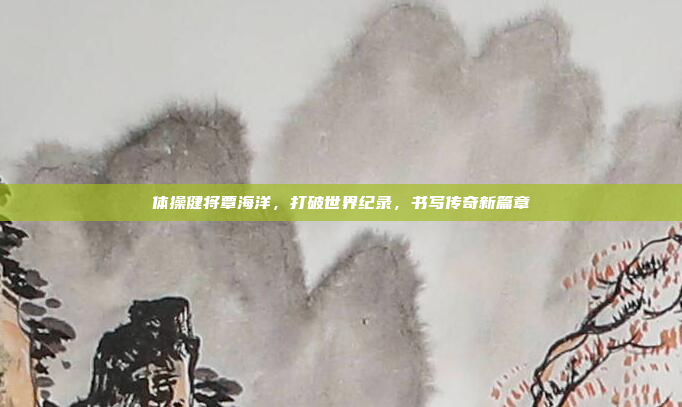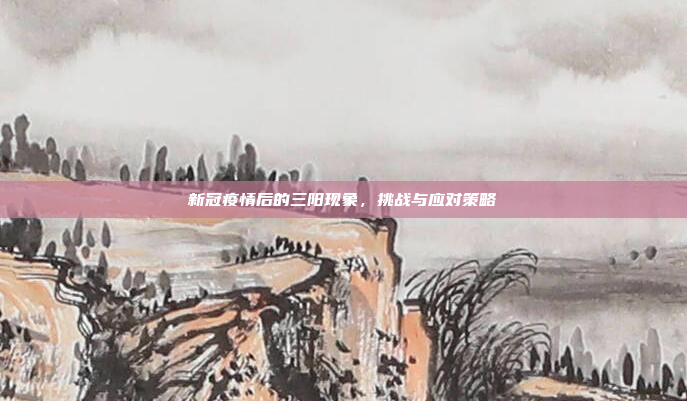山西回应救灾物资被遗弃山沟,真相与反思
近年来,山西作为中国北方的重要省份,在自然灾害面前表现出较强的社会责任感和应急能力。 recent reports have revealed a disturbing incident where emergency supplies, following a significant natural disaster, were left abandoned in deep mountainous areas. This incident has sparked widespread concern and calls for accountability from both the public and government officials.
在一次重大地震后,山西某地区出现了严重的灾害情况,为了尽快恢复 affected areas and ensure the safety of the people, massive relief efforts were launched. During the distribution of emergency supplies, including food, water, and medical kits, it was discovered that a significant number of supplies had been left behind in remote mountainous regions. The incident occurred when a logistics team was attempting to deliver supplies to a remote village when their vehicle encountered technical difficulties. As a result, the supplies were abandoned in a narrow mountain trail, with no sign of human presence.

The incident has raised serious questions about the management and distribution of emergency supplies. Questions have been raised about whether the government was actively taking measures to ensure that all supplies were properly distributed and accounted for. Additionally, there have been concerns about the lack of transparency in the distribution process, which has led to fears that some supplies may have been diverted or lost en route.
官方回应
In response to the incident, the local government and relevant departments have issued a statement. According to the statement, all emergency supplies were accounted for and distributed. A search operation was conducted, and no signs of human presence were found in the area where the supplies were left. The government has also expressed its regret over the incident and has promised to strengthen the management of emergency supplies in the future.
The statement also mentioned that the logistics team was attempting to recover the supplies, but the vehicle encountered technical difficulties and was unable to proceed further. The government has stated that it will review the distribution process and take measures to prevent similar incidents in the future.
原因分析
The incident has led to a thorough investigation to determine the root cause. One of the key findings is that the logistics team was not properly trained in the distribution of emergency supplies in remote areas. The team was not familiar with the terrain and did not have the necessary equipment to handle the difficult conditions. As a result, the vehicle was unable to recover the supplies, leading to their abandonment.
Another factor is the lack of proper supervision and coordination in the distribution process. The government had not adequately coordinated the efforts of the logistics team with the affected communities, leading to delays in the distribution of supplies. Additionally, there were concerns about the lack of proper storage facilities for emergency supplies, which could have facilitated the preservation of the supplies.
There is also speculation that some supplies may have been diverted by local officials or private companies for their own gain. The lack of transparency in the distribution process has led to fears that some supplies may have been mismanaged or even stolen.
教训与改进措施
The incident serves as a stark reminder of the challenges of disaster management and the need for improved coordination and accountability. To prevent similar incidents in the future, several measures can be taken:
-
加强培训和应急能力:政府应加大对救援队伍的培训,特别是对偏远地区救援人员的培训,培训应包括应急物资的管理和使用,确保救援人员能够应对各种复杂情况。
-
完善应急机制:政府应建立更加完善的应急管理体系,确保在灾害发生时,各个层级的部门能够迅速响应,协调一致地进行救援工作。
-
提高透明度和问责制:在物资分配过程中,应加强透明度,确保每一项物资都能够被追踪和核实,建立严格的问责制,确保没有人能够滥用职权或贪污物资。
-
加强物流基础设施建设:在偏远地区,应加强应急物资的存储和运输基础设施建设,确保物资能够及时、安全地到达 affected areas.
-
提高公众参与度:政府应鼓励公众参与到救援工作中,例如通过志愿者组织、社交媒体等平台,让公众能够更加直接地参与到救援行动中,提高透明度和责任感。
The incident in 山西 highlights the critical importance of proper management and distribution of emergency supplies during disasters. While the government has taken steps to address the issue, there is still room for improvement. Only through continuous learning and adaptation can we ensure that the safety and well-being of affected communities are protected to the greatest extent possible.
This incident also serves as a call to action for all stakeholders, including government,救援队伍, and the public, to work together to strengthen disaster response systems and prevent future tragedies. By learning from this incident and taking proactive measures, we can improve the efficiency and effectiveness of emergency response efforts, ensuring that no one is left behind in times of crisis.







